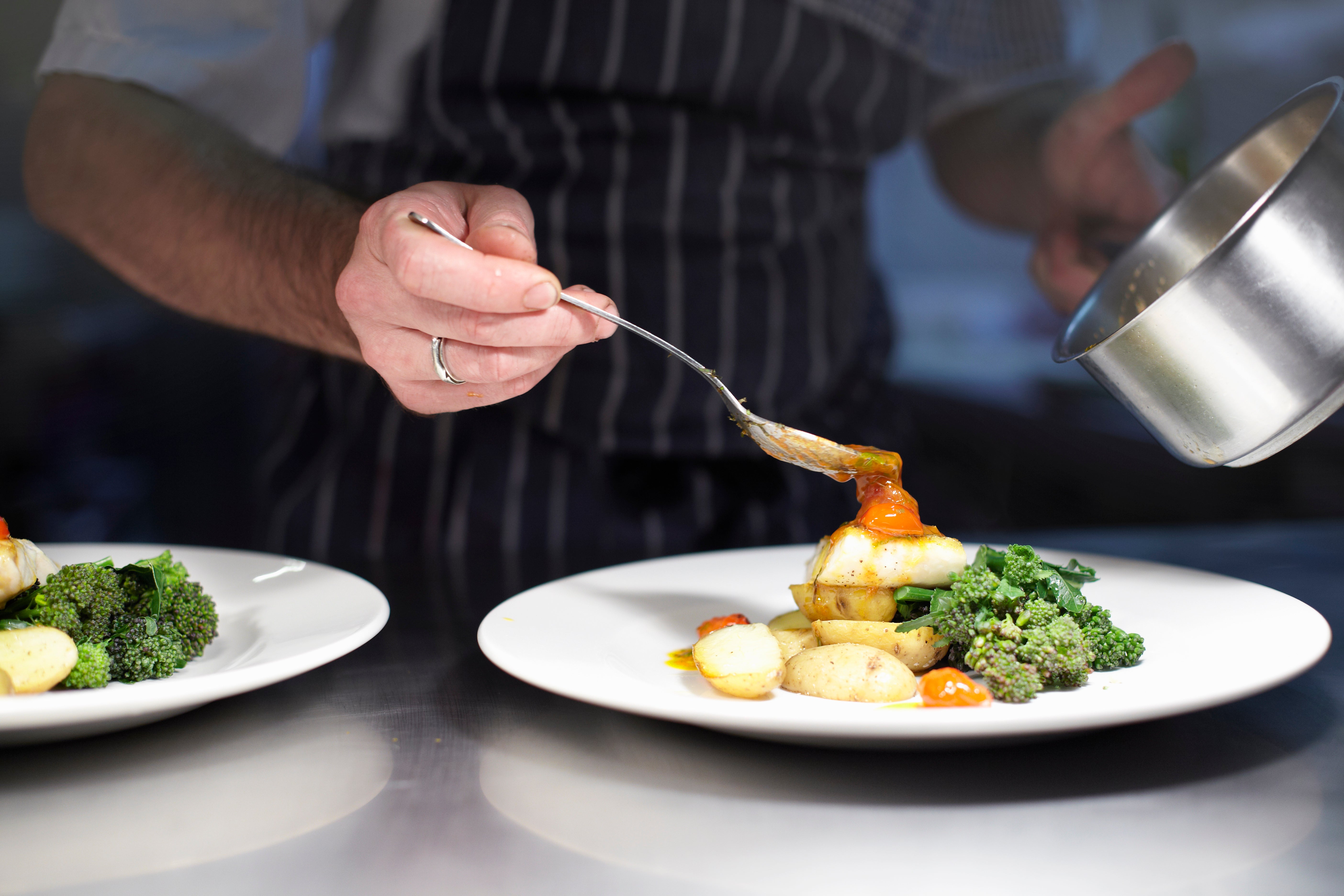The World’s 50 Best Restaurant Awards is seriously lacking diversity
There we were on a sweltering Monday evening, sitting inside Old Billingsgate Market, clapping for the same old people: mostly white men, writes Emma Henderson


This year, the World’s 50 Best Restaurant Awards celebrated its 20th anniversary. Hooray, you might say. And yes, it’s an achievement considering the hardship the hospitality industry has suffered over the past few years. But, in reality, it’s not really much to celebrate when you dig a little deeper.
The awards were set up to be the antithesis of the Michelin guide. Non-stuffy, diverse, inclusive, accessible. Yet funnily enough in 2022, three-quarters of the 50 Best list are also in the Michelin guide. It seems the apple doesn’t fall far from the tree.
But there we were on a sweltering Monday evening – one of the hottest days ever on record – sitting inside Old Billingsgate Market, clapping for the same old people: mostly white men.
The pill is even harder to swallow when the host, none other than Stanley Tucci, says at the start that this is the most diverse and inclusive the list has ever been. Sorry, but we cannot be looking at the same list.
We’re also told the awards are judged by “100, 80 gender-balanced voters” (whatever that means).
Within the top 50, there are just two women-led restaurants included. That is just a staggering 4 per cent. One is female duo Laura Hernández Espinosa and Leonor Espinosa, who are at the helm of Leo, based in Bogota, which sits at No 48. Leonor Espinosa received the best female chef award, but I’ll leave that can of worms for another day.
Then there’s Ana Roš, with her restaurant Hiša Franko in Slovenia, which was also on the Netflix series Chef’s Table in 2016, who sits at No 34.
I do not want to hear “but perhaps they are just the best ones”. No, my friend, I will not accept that. There are thousands of excellent chefs that happen to be women. And no, they are not under the radar, nor are they not as skilled as some of the others on this list.
The only restaurant to make the list in the continent of Africa was in South Africa. It was also a sushi restaurant run by white people. This is not representative of African cuisine or culture.
Out of the top 50, three restaurants were in Lima, where the famous Central restaurant is, which also came second this year. You might have seen it on Chef’s Table, too. While Tokyo also had three, along with the likes of Paris, Berlin and London having two, there’s a distinct lack of second cities or even more regional areas featured.
The winner was another Copenhagen restaurant, Geranium, which took the top place from Noma, the famed restaurant in the same city. This has now been moved to the “best of the best” category, meaning it can no longer be crowned No 1 and dominate for years, as it once did.
To have something real to celebrate would be to champion all the fantastic restaurants that won’t cost upwards of £350 per person to eat at, which actually makes the whole concept of the awards rather tone deaf, considering the current cost of living crisis.
The mark of good food is not how expensive it is. Yes, provenance and skill need to be paid for and rewarded, but there’s also a generous added dose of exclusivity to these price tags, too.
The one thing the 50 Best set out to do has only mimicked the exact thing it wanted to oppose. To end on a high note, though, it did have the decency to pull its planned 20th anniversary awards out of Moscow amid the ongoing Ukraine invasion, and decided to hold it in London instead. But to say that is a highlight is already setting the bar pretty low.
Yours,
Emma Henderson
IndyBest editor






Join our commenting forum
Join thought-provoking conversations, follow other Independent readers and see their replies
Comments